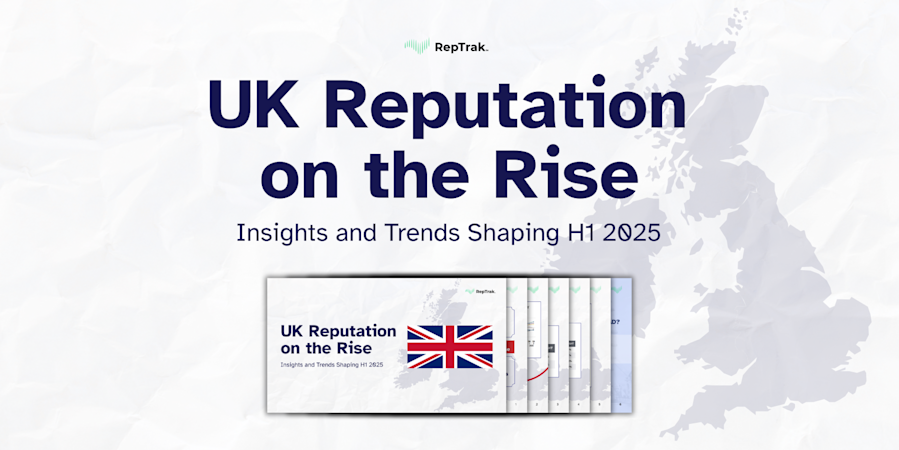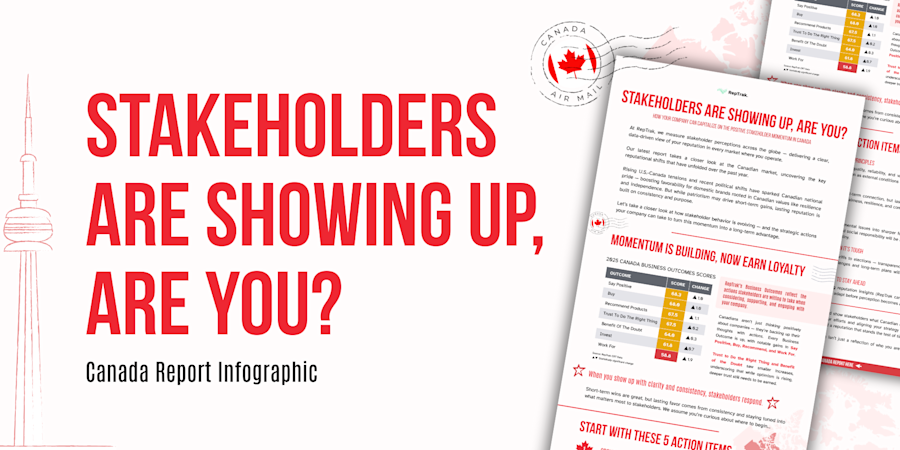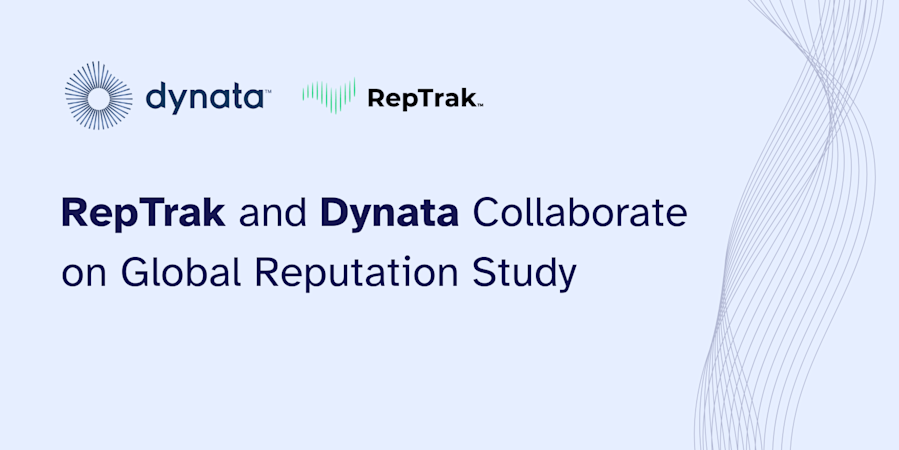Build a Reputation Journey With KPIs
Blog Post01 Jun, 2022
Gone are the days of solely focusing on your company’s products. Instead, your values and mission must be part of your reputation strategy. Companies must remember - reputation is relative, not absolute, and that building a healthy, consistent reputation is a long journey.
Crafting and quantifying key stakeholder strategies can maximize your team’s influence on reputation. RepTrak finds that communicating your company’s purpose through owned channels and employees are the most effective focus areas. Capturing these basic methods can kickstart conversations to workshop your reputation KPIs.
While no two paths are identical, reputation leaders came together in a peer-to-peer discussion to share different ways of measuring reputation KPIs and metric tracking.
Building Internal Communities Through RepTrak Data
Conversations began by exploring how participants use reputation data throughout their organization. Participants shared that their company commonly assesses reputation across various stakeholders (members, prospects, and employees) to understand areas for growth.
It is common to educate internal stakeholders and coordinate their business on reputation management. These practices build internal accountability and socialization.
Participants visit various teams and employees across the company to provide a point of view of their works’ effect on outcome metrics and specific Driver growth.
One company drives reputation awareness by painting its Reputation Score as a community metric so internal stakeholders can highlight this measurement and tie it with similar programs.
Companies with dedicated reputation taskforces often loop in marketing, human resources, and leadership to hold open discussions about vision alignment.
“You’d be amazed at the positive feedback when people can see themselves and the fruits of their labor in the numbers.”
Maximizing Varying Reputation Metrics
Participants shared the unique methods of tracking reputation that helped their company maximize rewards, including:
Opinion Leaders and Influencers – Participants at all stages of their reputation journey target third-party advocates to pinpoint small yet impactful areas for Reputation and Driver Score growth.
News Tonality – Participants connect RepTrak’s Media Scores and news coverage tracking to identify and minimize harmful sources affecting their most important, and sometimes underperforming, Drivers.
Tactical Metrics – Tracking metrics like community impact, familiarity, favorability, and trust put Driver and Reputation Score insights in context.
Correlation Analysis – Participants shared the following tactics to correlate reputation statistics:
Comparing customer satisfaction scores and Reputation Scores helps external factors outside the company’s control.
Linking reputation scores and executive compensation can identify if your CEOs are responsive to the public’s concerns.
Identifying Early Triggers of Reputation Ramifications
Finding unilateral measures for early reputation degradation can only go so far. Participants shared that cross-collaboration between corporate communications teams and internal risk management departments was successful.
“While they measure what we call “headline risk,” about 75% of these [reputation damaging] events or issues can be anticipated.”
Some participants found a stronger correlation between news media to reputation rather than social media. The caveat here is that when they overlap – when a story moves from social media to mainstream media – it will present a challenge.
Final Thoughts
There is an acute interest in social media’s growing impact on reputation. As social media evolves and people become data-savvy, companies also face brand misalignment internally.
Thought bubbles that the group may like to explore in future Rep-Connects are:
How to correlate interactions in the digital social space to reputation reactions
How to improve internal data literacy within multinational corporations






